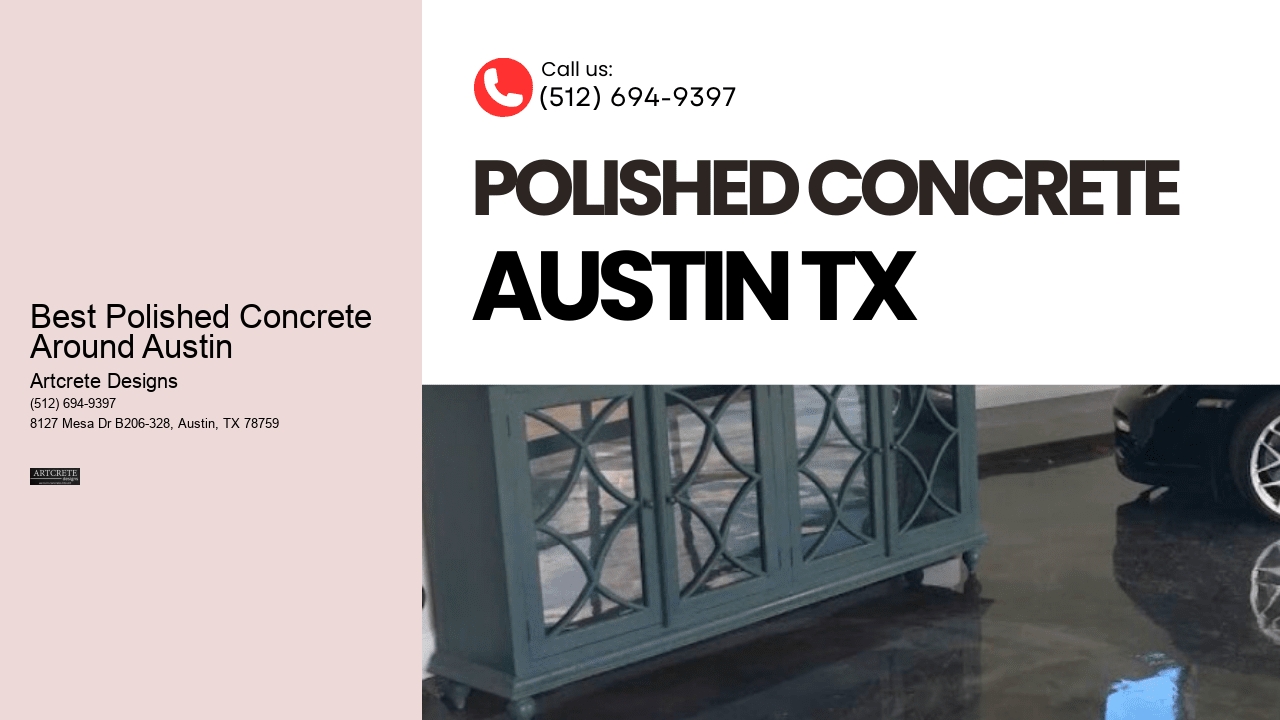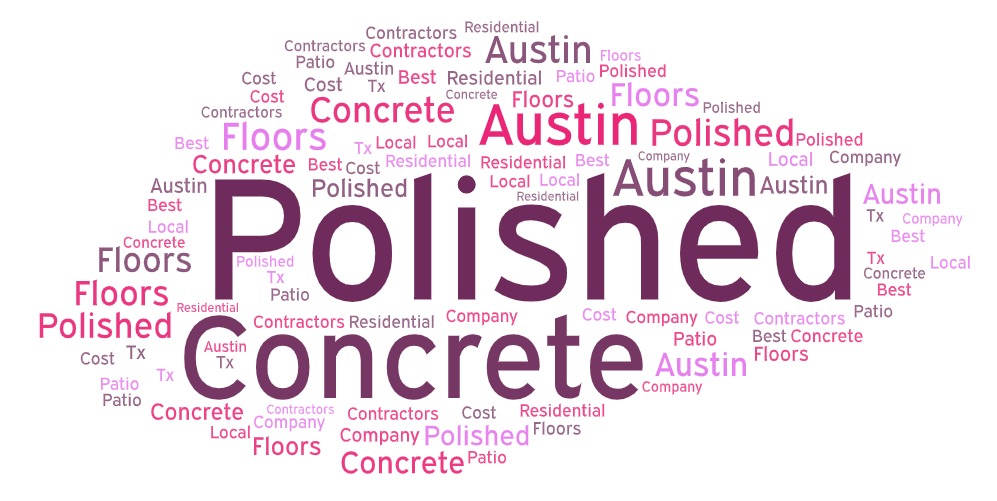

Artcrete Designs – Modern Flooring Solutions with Polished Concrete
Looking for a floor that’s as tough as it is beautiful? Artcrete Designs delivers polished concrete surfaces that blend style, strength, and simplicity. Ideal for Austin’s residential and commercial properties, our floors are designed to impress and built to last.
We use precision grinding and polishing equipment to create ultra-smooth finishes that elevate any space—from cozy living rooms to expansive warehouse showrooms. Our finishes range from subtle matte to high-gloss brilliance, each tailored to match your vision.
Polished concrete isn't just a design trend—it’s a smart investment. It’s highly resistant to abrasion, moisture, and stains, making it an excellent choice for high-use environments. It also improves light reflectivity, reduces maintenance needs, and eliminates the dust and allergens often associated with other flooring types.
At Artcrete Designs, every job is a custom project. We work directly with you to plan and deliver a polished concrete surface that fits your lifestyle or business needs. Clean, modern, and long-lasting—our work speaks for itself.
Upgrade your space with flooring that performs as well as it looks. Reach out to Artcrete Designs and schedule your free consultation today.
Grind-and-seal concrete is a method where the top layer of the concrete is ground down to expose as much or as little aggregate as desired. Once the grinding phase is complete, a sealant is applied to protect the surface. This sealant can range from a matte finish to high gloss, depending on preference and intended use. The sealing coat not only protects the floor from stains and wear but also adds a level of water resistance. However, it's important to note that grind-and-seal floors will require reapplication of this coating periodically to maintain their appearance and protective qualities.
Polished concrete, on the other hand, involves mechanically polishing the surface with fine grinding tools until it achieves a desired shine. During this process, chemical hardeners are often applied to densify the material, making it stronger and more resilient. Unlike grind-and-seal which simply covers the surface, polished concrete transforms it into something new—a smooth, finished floor with a sheen that ranges from satin to high gloss. The result is not just aesthetically pleasing but also highly durable; polished concrete floors are known for their longevity and ease of maintenance.
When it comes to maintaining these two types of finishes, there are distinct differences in effort and cost. Grind-and-seal concrete typically requires more frequent attention due to its topically applied sealer wearing down over time through regular foot traffic or heavy use—it’s less scratch-resistant than polished surfaces. Consequently, resealing becomes necessary every few years. In contrast, polished concrete requires minimal upkeep beyond regular cleaning since its durability comes from within its structure rather than a coating that can wear away.
The decision between grind-and-seal versus polished concrete ultimately hinges on factors such as budget constraints, aesthetic preferences, and functional requirements for your deck or flooring area. Grind-and-seal might be more cost-effective upfront but could entail higher long-term maintenance costs compared to polished concrete's upfront investment that pays off in reduced maintenance needs over time. Both options provide versatile design choices with varying levels of sheen and exposure of aggregate according to taste—making them both excellent choices for modern decking solutions with distinct characteristics suitable for different applications and lifestyles.
| Polished Concrete Finish Options | |
|---|---|
| Glossy Polished Concrete | Mirror-like shine ideal for modern homes and upscale commercial spaces. |
| Satin Finish Concrete Floors | Balanced sheen level offering elegance and reduced slipperiness. |
| Matte Polished Concrete | Subtle, contemporary look perfect for minimalist designs. |
| Exposed Aggregate Polishing | Visually interesting texture by revealing decorative stone in the concrete. |
| Concrete Floor Densifiers | Chemical treatments used to strengthen and harden concrete during polishing. |
Many homeowners and building managers often look up at their roofs and consider the aesthetic and functional upgrades they can make. One question that might arise is whether the concrete elements, such as a rooftop patio or concrete roof tiles, which have aged over time, can be given a new lease on life through polishing. The good news is that old concrete can indeed be polished. However, its suitability for polishing depends on its condition. If the concrete has been well-maintained and lacks deep cracks or extensive damage, it can often be restored to a smooth, shiny finish.
Before diving into the polishing process, it’s crucial to thoroughly assess the current state of the old concrete. Small cracks and pits need to be repaired and filled in to create a uniform surface that can be polished effectively. Additionally, any coating or sealant previously applied must be stripped away to expose the bare concrete beneath. Only then can one determine if the existing surface is viable for a high-quality polish or if more extensive repairs are needed before proceeding.
Once prepared, the process of polishing old concrete involves several steps that progressively grind down the surface using diamond-embedded pads or discs. This grinding starts with coarser grits to remove imperfections and is followed by finer grits for a smooth finish. During this process, water may be used to minimize dust or compounds applied to harden the surface before achieving higher levels of shine with increasingly fine abrasives.
After successfully polishing an old concrete roof area or feature, maintenance becomes key in preserving its renewed appearance. Regular cleaning will prevent dirt buildup that could otherwise mar its glossy finish over time. Moreover, depending on exposure to weather conditions and foot traffic, re-applying sealant periodically will protect against stains and erosion. With proper care, even an older concrete surface can exhibit durability and visual appeal long after it has been polished.

Mechanically polished concrete is ground and polished to a high sheen, whereas grind-and-seal involves grinding the surface, then applying a sealer on top. The former provides a more durable and long-lasting finish.
Concrete should be at least 4 inches thick to ensure durability and the ability to withstand polishing.
Polished concrete requires less maintenance than tile or hardwood. It'sresistant to stains, scratches, and does not require waxing or sealing like hardwood floors.
Yes, they are eco-friendly because they use the existing concrete slab and require minimal chemicals, and the process does not involve harmful substances.